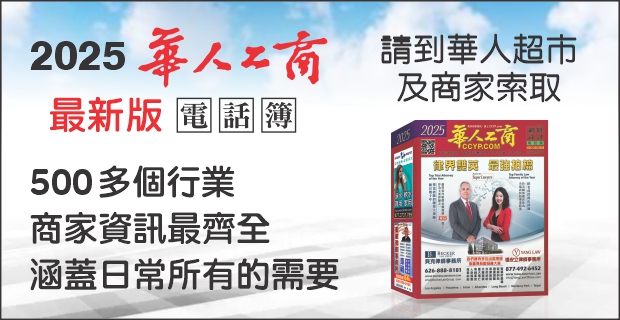CHAPTER 13 PLAN PAYMENTS GO UP AFTER REPAYMENT OF 401K LOAN
There is a constant tug of war between the Chapter 13 trustee and creditors on one side, and debtor and debtor counsel on the other side regarding how much money debtor should pay as plan payment. The trustee represents the collective interest of creditors; therefore, the trustee wants to get more money from debtor every month so that creditors can get paid more. For instance, debtor owes $60,000 of credit card. He proposes to pay $300 monthly for 60 months. So, in 60 months, debtor will have paid $18,000. What debtor is proposing is a 30% plan where he will pay only 30% of his unsecured debt. If the court approves the plan, 70% or $42,000 out of the $60,000 of credit card debt will b discharged after debtor has paid $18,000. Naturally, trustee will want to get more than $300 a month from debtor so creditors get paid more. Debtor and debtor counsel, on the other hand, will try to oppose an increase in plan payments.
The first bone of contention will be the amount of deductions being claimed by debtor. If, for instance, debtor claims that he spends $1,000 a month for gasoline, the trustee will object to that expense because it is too high. If the trustee’s objection succeeds to the extent that he is able to reduce the expense claimed for gasoline to $500, in this example, the plan payment will go up by $500, causing the plan payment to become $800, instead of $300. What happens if debtor has a 401K loan that he is repaying? Well, the first thing that the trustee will ask for is a statement showing when the loan will be paid off. Let’s say the loan is $10,000 and repaid at the rate of $500 monthly. In 20 months, it’s paid off. So, the trustee says that on month 21, debtor’s plan payment will go up by $500 because the 401K loan has been repaid in full. Debtor’s plan will be $300 for the first 20 months, and $800 a month starting month 21 until month 60. Debtor objects to trustee’s proposal to bump up his plan payment on month 21. Who is correct?
In Re Seafort, debtor filed for Chapter 13 relief on November 20, 2008, in Kentucky. Although she was eligible to participate in her employer’s 401K qualified retirement plan, she was not making any contributions to the plan when she filed for bankruptcy. She was, however, repaying a loan from the retirement plan at the rate of $254.71 monthly. Debtor proposed a 60 month plan. After her 401K loan was repaid in the 19th month of the plan, the debtor intended to begin making 401K contributions of $254.71 a month. The trustee objected to confirmation of the plan because the debtor did not increase her plan payments by $254.71 per month beginning in the 20th month of the plan. Why I am not surprised? The bankruptcy court confirmed the plan over the trustee’s objection. The court held that “participation in a 401K plan is an ongoing endeavor, and while loan payments may take the place of contributions for the life of the 401K loan, the income stream that funds both loan payments and plan contributions is the same.” The court concluded that because Section 541(b)(7) excludes contributions to a 401K plan from property of the estate and disposable income, debtors are allowed to exclude their proposed 401K contributions from disposable income at any point in time. A divided 6th Circuit Bankruptcy Appellate Panel reversed. The majority read Section 541(a)(1) and (b)(7) together and concluded that exclusions from property of qualified retirement plan only apply to those cases where a debtor is contribution as of the commencement of the bankruptcy case. The 6th Circuit AFFIRMED.
This means that while payments on 401K loans are excluded from projected disposable income, once those payments have concluded, the income that becomes available to debtors must be turned over to the trustee for distribution to unsecured creditors.
图片翻摄自网路,版权归原作者所有。如有侵权请联系我们,我们将及时处理。
 點評
點評 微信
微信 微博
微博








